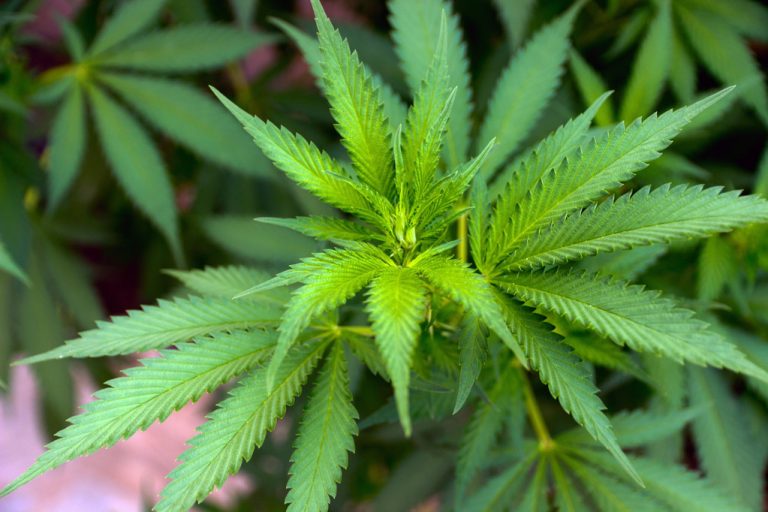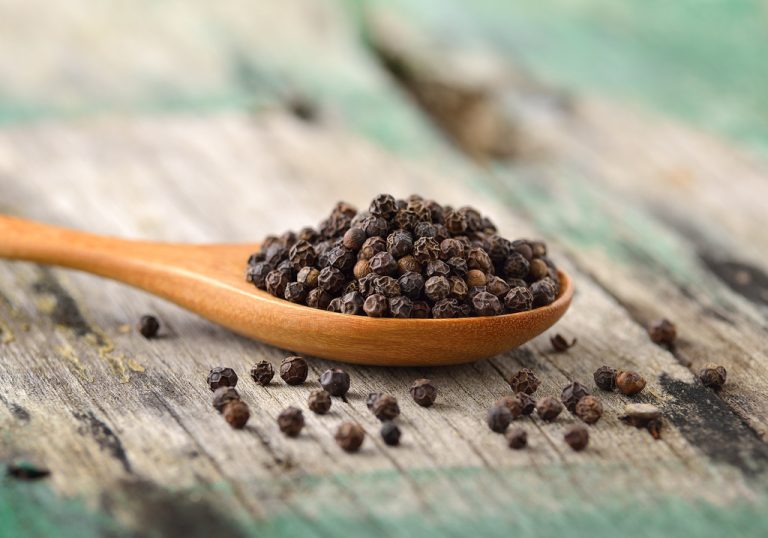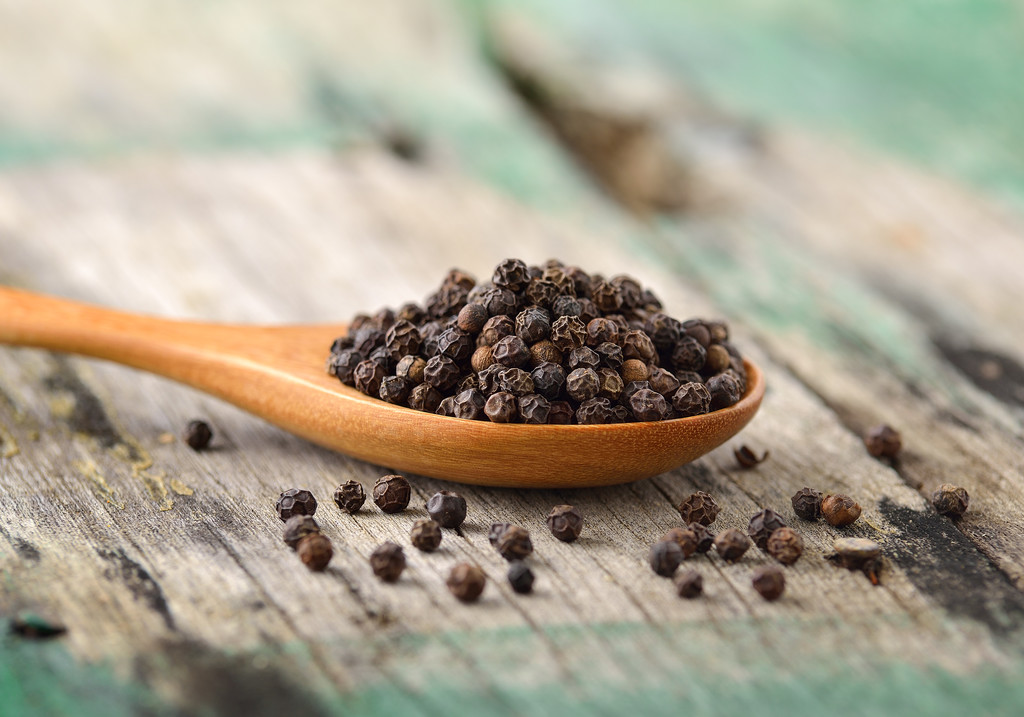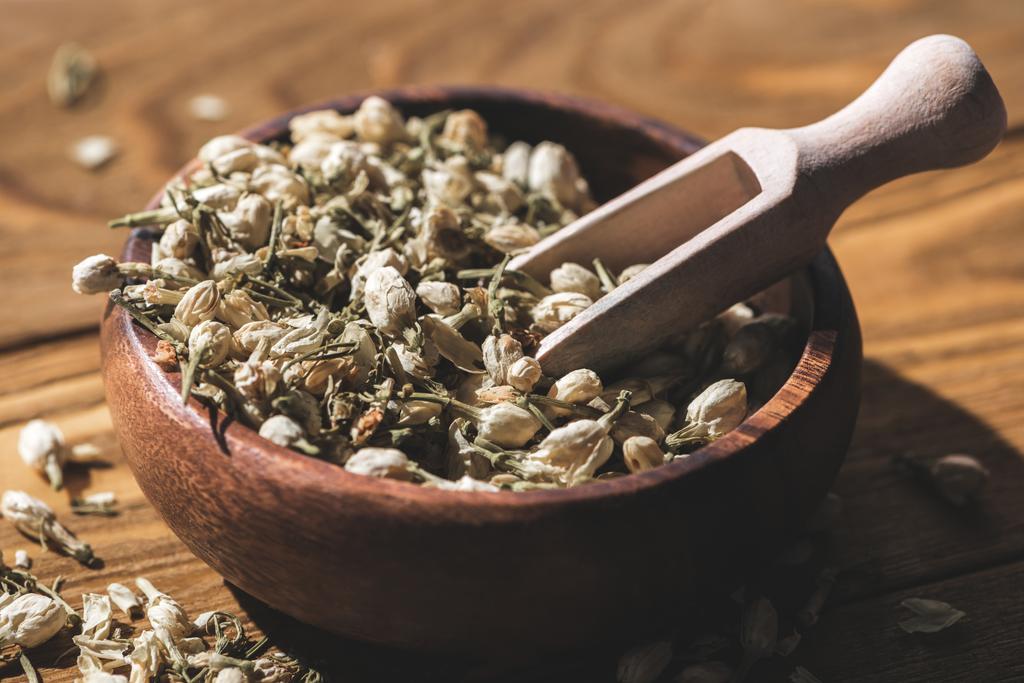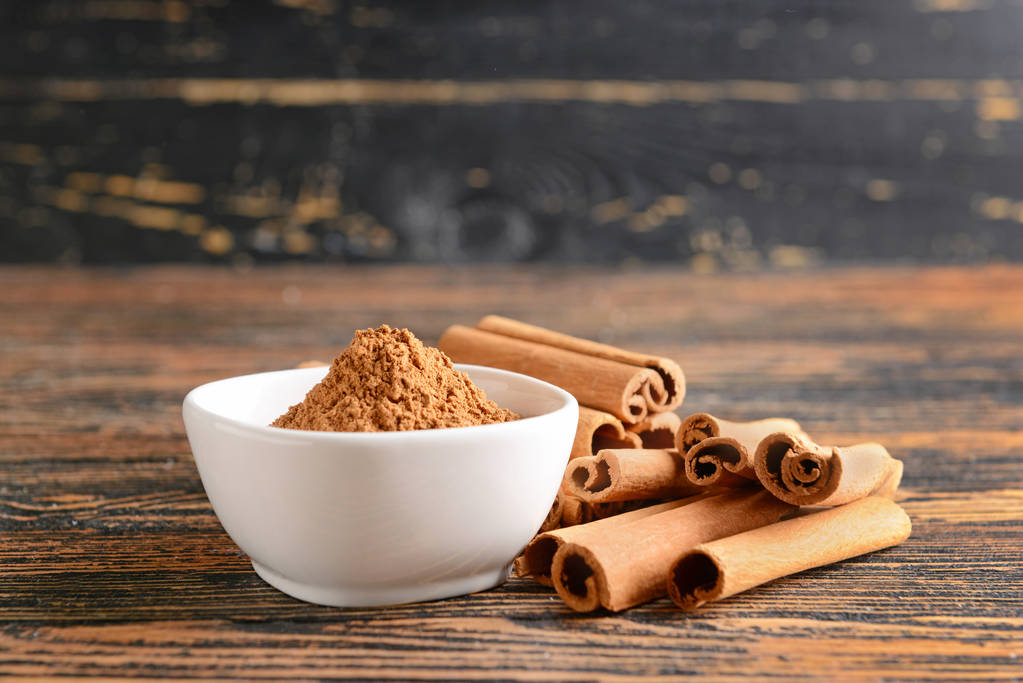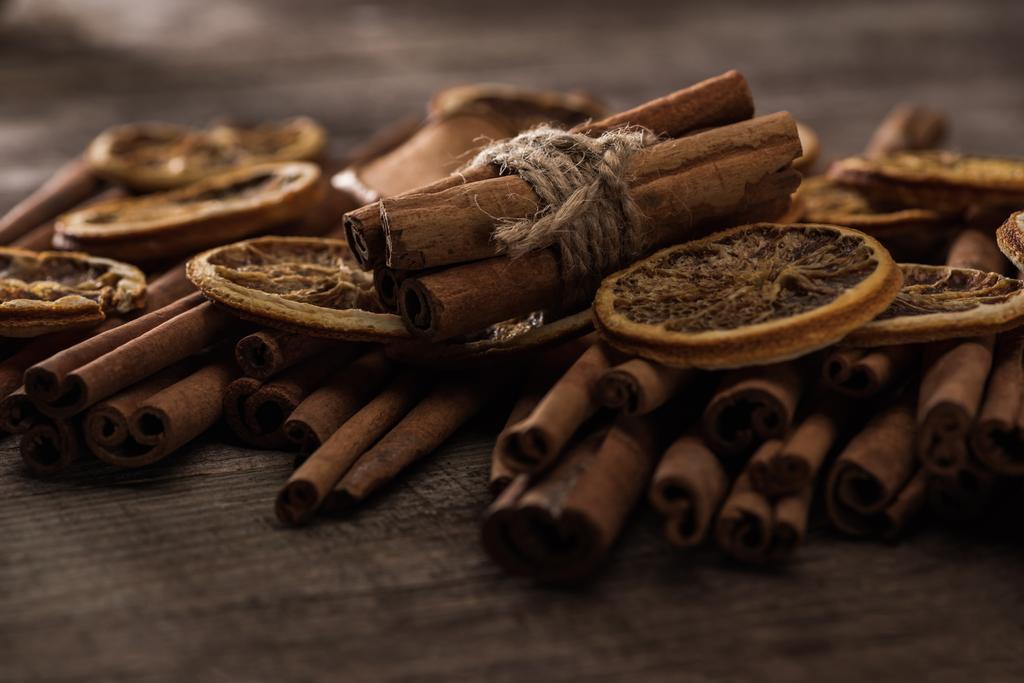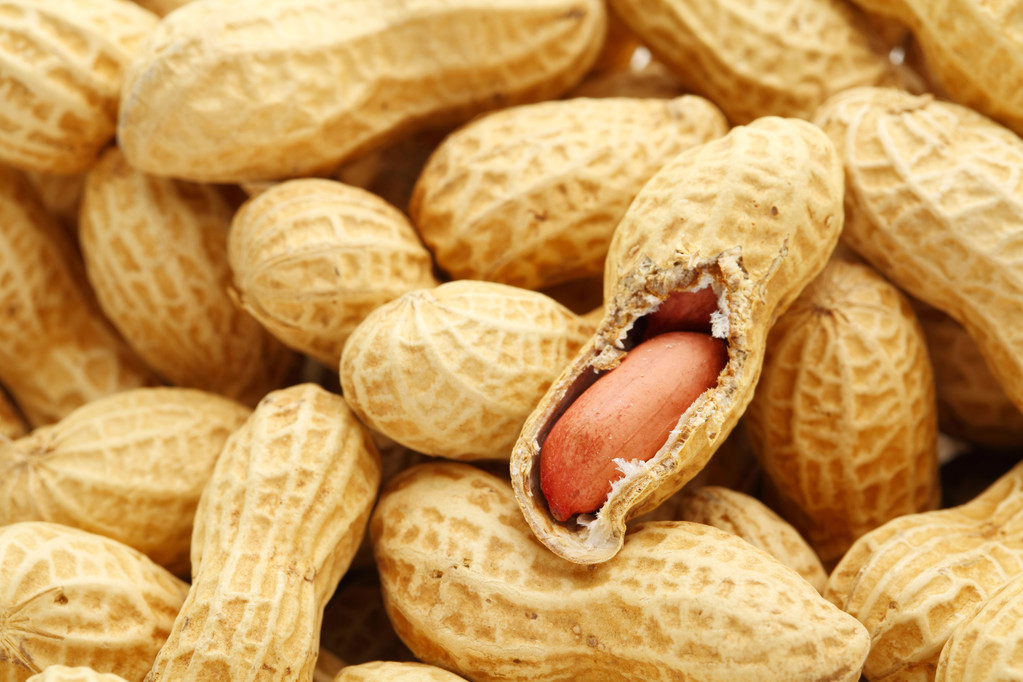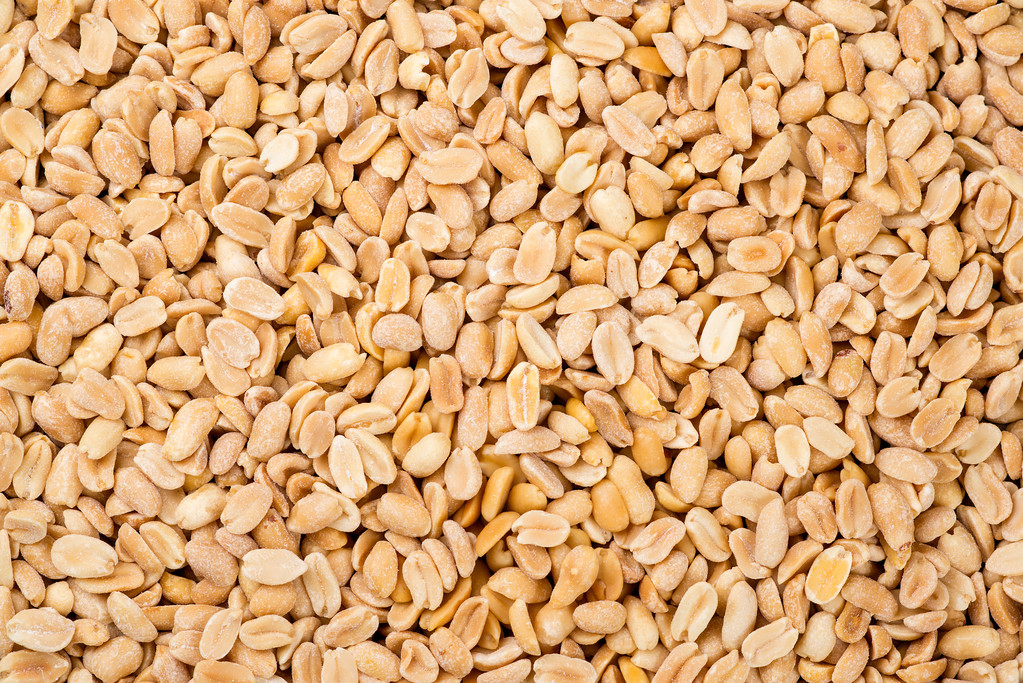Hemp oil is not only very popular in the kitchen. You can read about the areas of application, ingredients and effects here.

What is hemp oil?
Hemp oil is pressed from hemp seeds, which are actually just a by-product of making fiber hemp. About ten kilos of hemp seeds are needed for three liters of the greenish hemp oil. The darker the oil, the more intense its nutty taste.
Since hemp is also grown in this country, hemp oil – like linseed oil – usually has a small ecological footprint and is a regional alternative to coconut oil or avocado oil.
For high-quality and healthy hemp oil, you should use organic, cold-pressed oil to avoid pesticide residues in the oil. If the hemp oil is not cold-pressed, it loses valuable ingredients through heating.
Important: Do not use hemp oil for frying, otherwise the valuable fatty acids would be damaged. Use the oil for cold dishes like salads, or add it to cooked dishes at the very end.
Ingredients of hemp oil
Hemp oil contains important omega-3 and omega-6 fatty acids – making it an excellent plant-based alternative to fish.
In addition, the cooking oil provides oleic acid, palmitic acid, linoleic acid, stearic acid and gamma linolenic acid, which are also good and important for the body. The fatty acids are particularly important for good brain function and cell regeneration.
In addition, hemp oil contains vitamins E, B1 and B2 as well as the minerals phosphorus, potassium, magnesium, calcium, iron, sodium, manganese, zinc and small amounts of copper. /You can find out in detail how the respective ingredients affect the body and why they are important for us by clicking on the corresponding link.)
By the way: You don’t have to be afraid that you’ll be intoxicated after consuming the hemp oil. The psychoactive substance THC is either not present at all or in such small doses that no effect is achieved. The oil is also safe for children.

Hemp oil and its uses
Hemp oil not only tastes good in salads – you can use it in many ways:
Thanks to the fatty acids, hemp oil is good for the house and helps with blemishes, neurodermatitis or psoriasis. It has an anti-inflammatory effect and moisturizes. Hemp oil can also be found in hair and other care products. You can apply hemp oil directly to the skin or mix it with another carrier oil or your day cream.
Hemp oil helps against muscle tension and rheumatism. For this purpose, the hemp oil is taken – either as an ingredient in cooking or pure.
Hemp oil counteracts high blood pressure and cholesterol levels when taken regularly.
In addition, hemp oil is also said to help with symptoms of menopause, especially with sleep disorders and mood swings.

